Naturally fresh, beautifully stored
10 Common Mistakes When Using Beeswax Bread Bags & Wraps (And How to Avoid Them)
Beeswax wraps and bread bags are a sustainable and reusable way to keep food fresh, but to get the most out of them, you need to use them properly. In this post, we go over the most common mistakes people make and how to easily avoid them to make your wraps last longer. In this blog post, you'll discover how and why making the switch is a game-changer for your kitchen, your home, and the environment.
10/23/2025
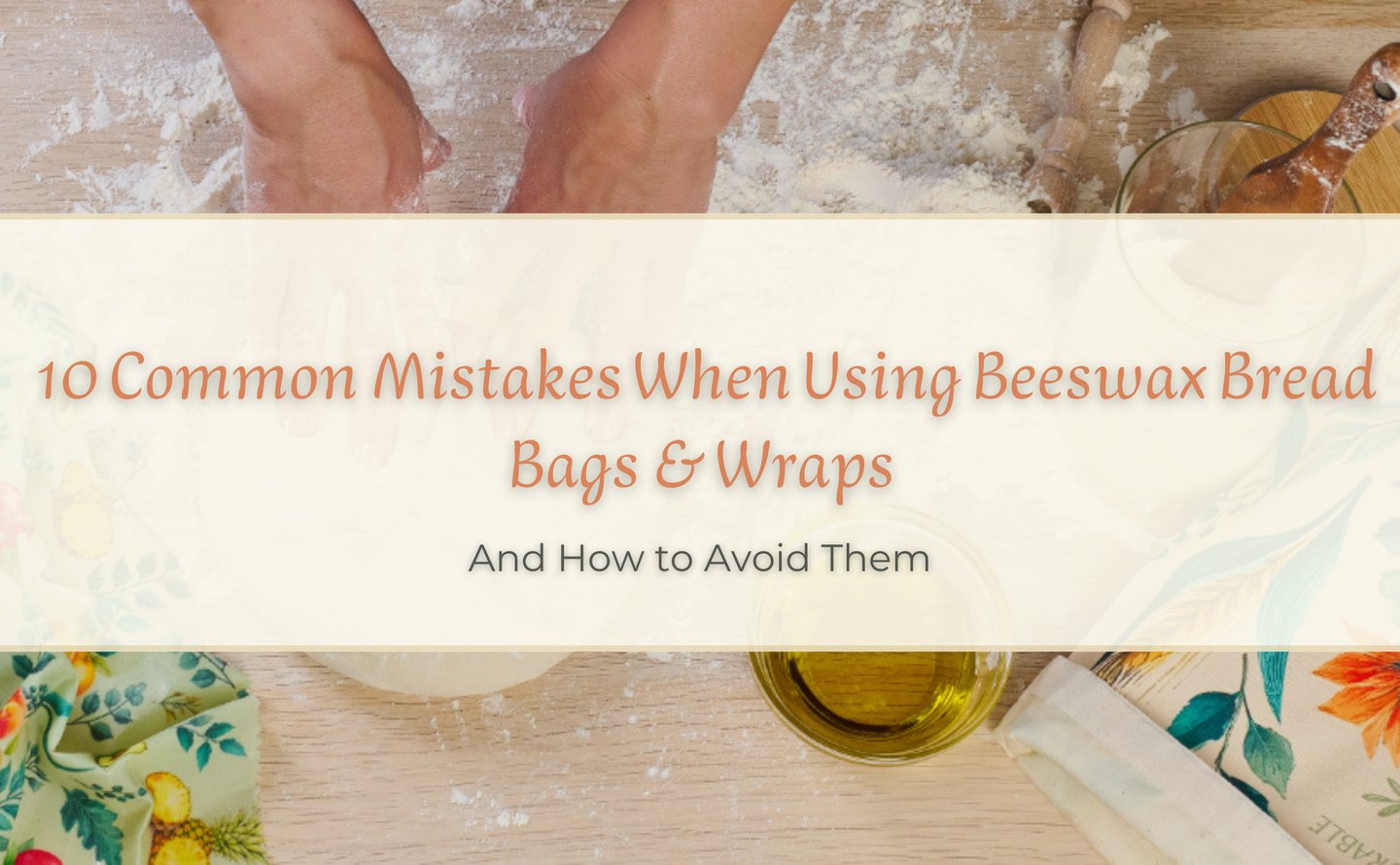

Beeswax wraps and bread bags are a sustainable and reusable way to keep food fresh, but to get the most out of them, you need to use them properly. In this post, we go over the most common mistakes people make and how to easily avoid them to make your wraps and bags last longer.
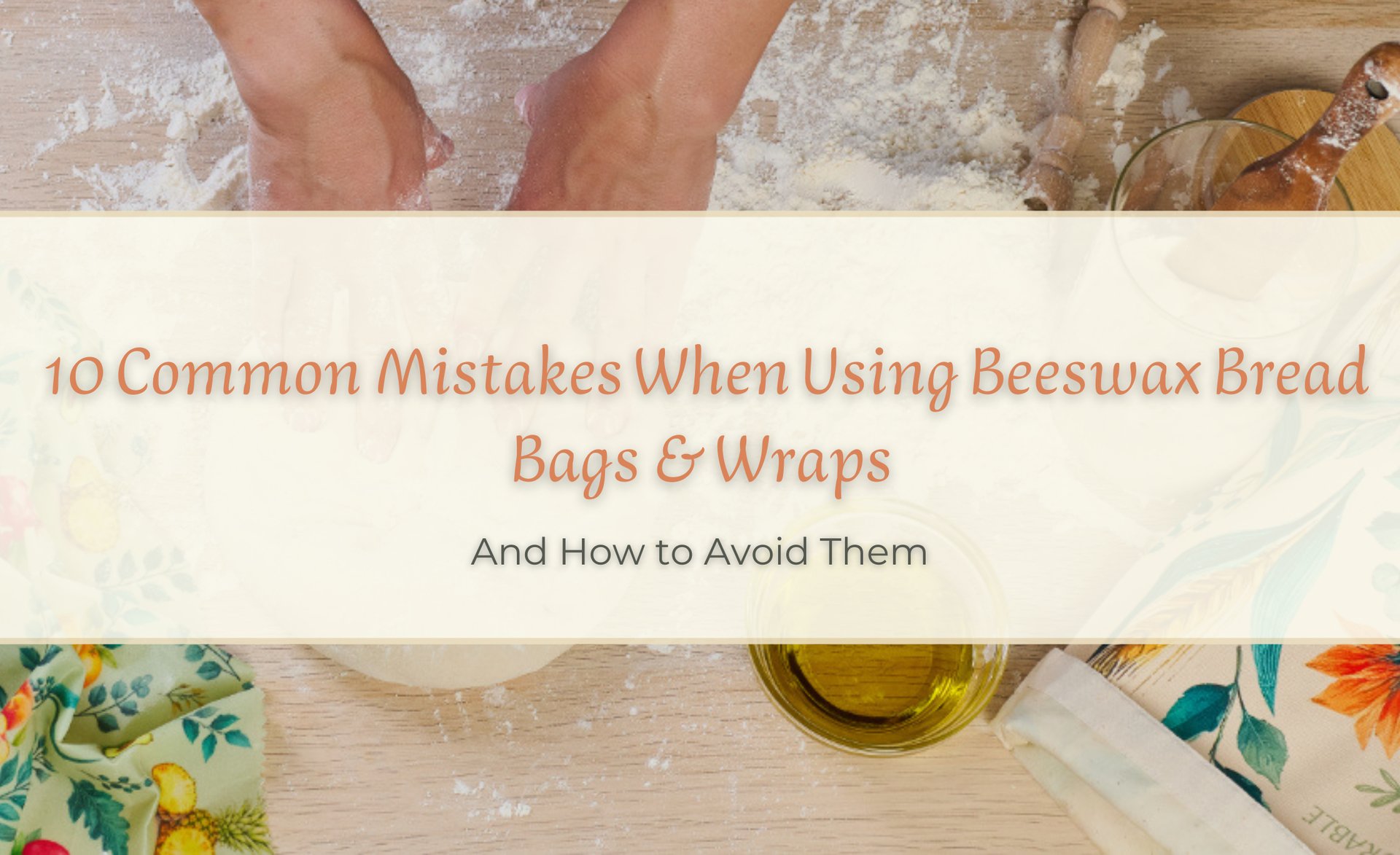
Beeswax wraps and bread bags are a sustainable and reusable way to keep food fresh, but to get the most out of them, you need to use them properly. In this post, we go over the most common mistakes people make and how to easily avoid them to make your wraps and bags last longer.
Explore our products
Provide a short description of categories listed below.




Category title
Write a short description of this category
Using Them with Hot Food
Heat is beeswax’s worst enemy. Putting hot food (like freshly baked bread or warm leftovers) into the wrap or bag can melt the wax and reduce its effectiveness.
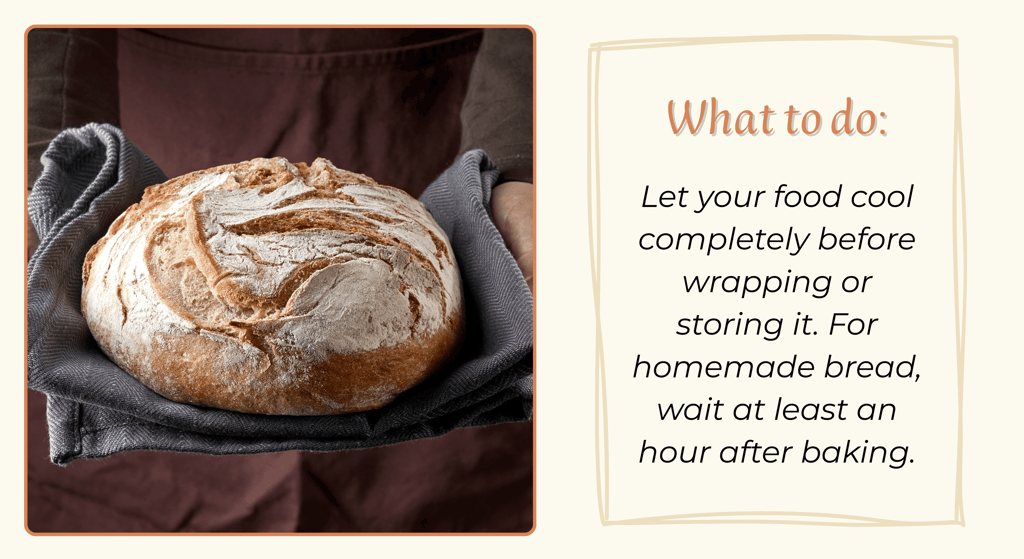

Washing Them with Hot Water or Harsh Soap
Hot water or strong dish soap can strip away the wax coating, which is essential for preserving food and offering antibacterial properties
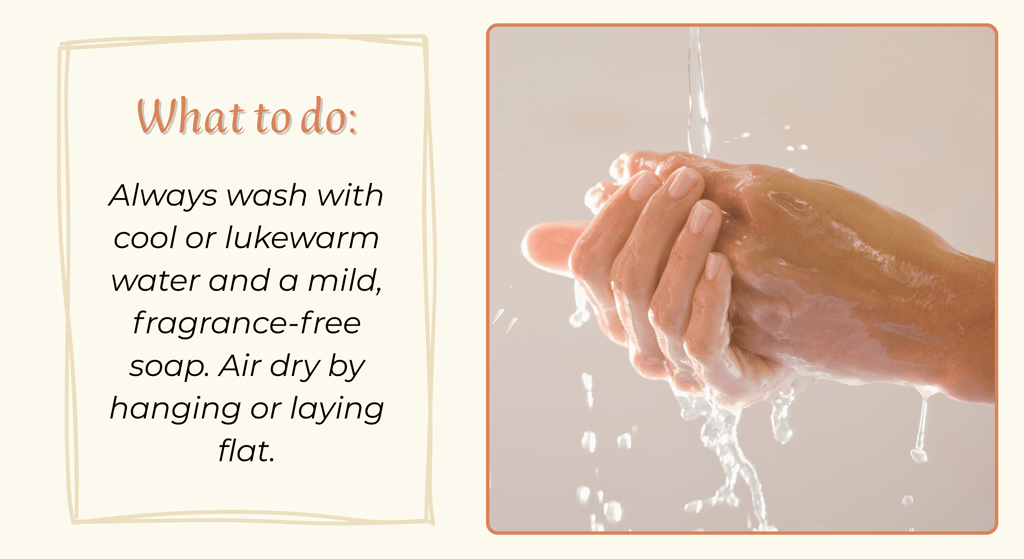

Recommended gentle soaps available in multiple countries:
Dr. Bronner’s Castile Soap: widely available in the U.S., UK, EU, and Australia
ECOS Free & Clear Detergent: U.S.-based, available online internationally
Sonett Dishwashing Liquid (Neutral): popular in Germany and across Europe
Ecover Zero Dish Soap: available in the UK, Europe, and U.S.
Avoid using alcohol, bleach, or heavily scented products, they degrade the wax and shorten the life of your wraps.
Wrapping Foods That Are Too Moist or Oily
Juicy fruits, moist cakes, or greasy cheeses can stain or break down the wax coating faster, especially in bread bags.
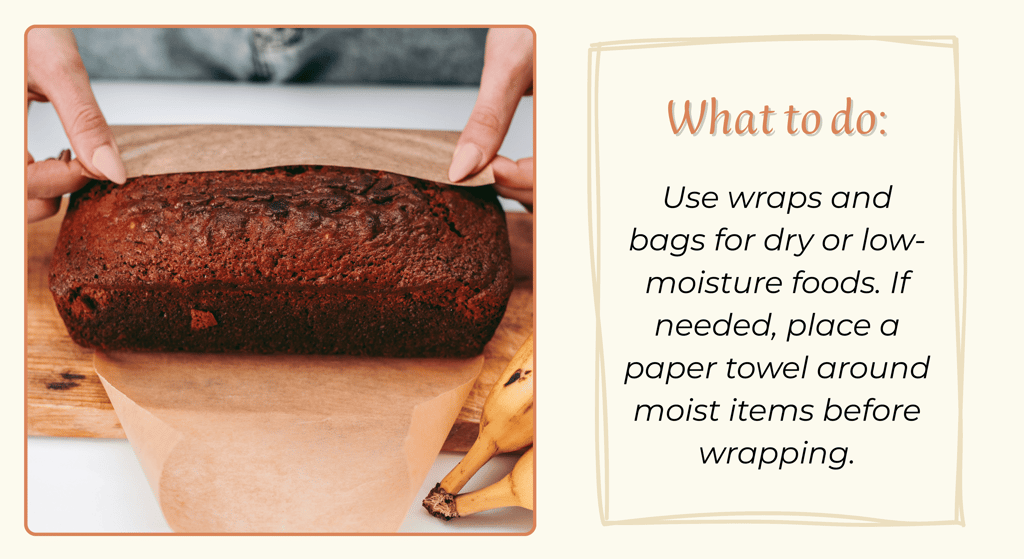

Closing The Bag Too Tightly
Oversealing can trap excess moisture inside, leading to condensation and affecting freshness.
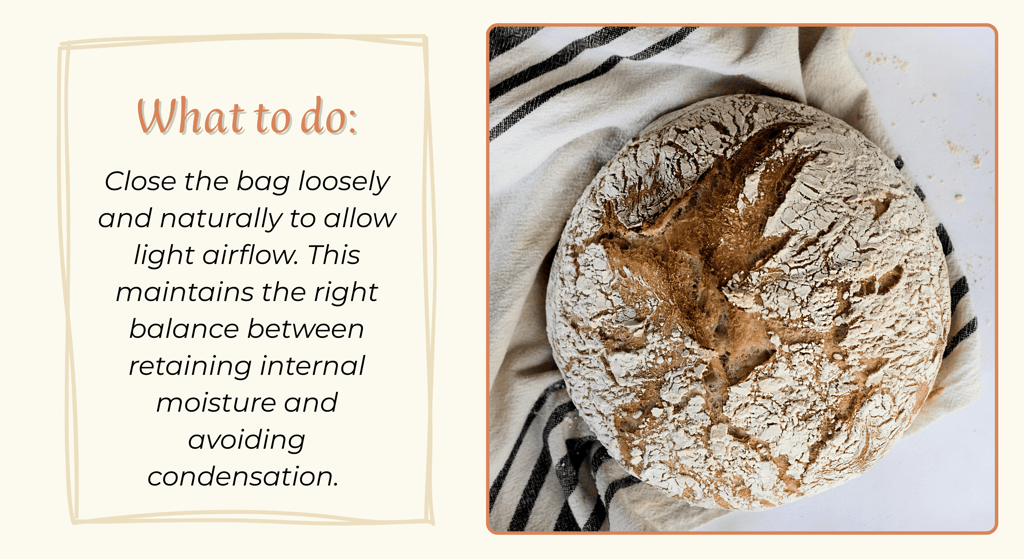

Extra Tip: Always store in a cool, dry place (not in the fridge unless it's extremely hot).
Not Knowing When to Compost or Replace Them
If your wraps or bags have lost their stickiness, look cracked, or are stained beyond cleaning, it might be time to let go.
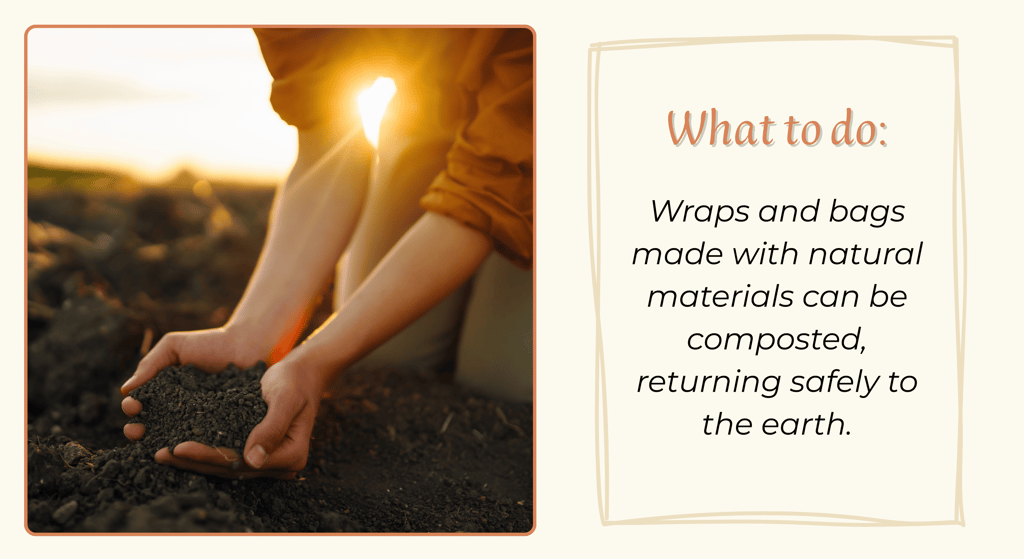

Extra Tip: Yoy can reuse them as eco fire starters for your fireplace or BBQ!
Folding or Compressing Them for Long Periods
Storing them folded or crumpled, especially if still damp,can cause the wax to crack or separate from the fabric.
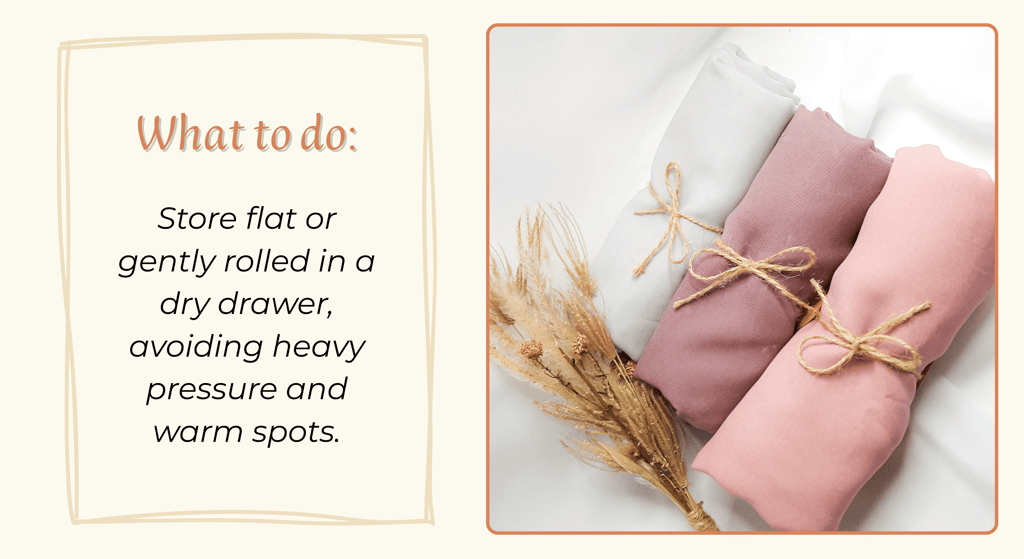

Using Them with Raw Meat or Fish
The antimicrobial properties of beeswax aren’t enough to prevent contamination from raw animal products.
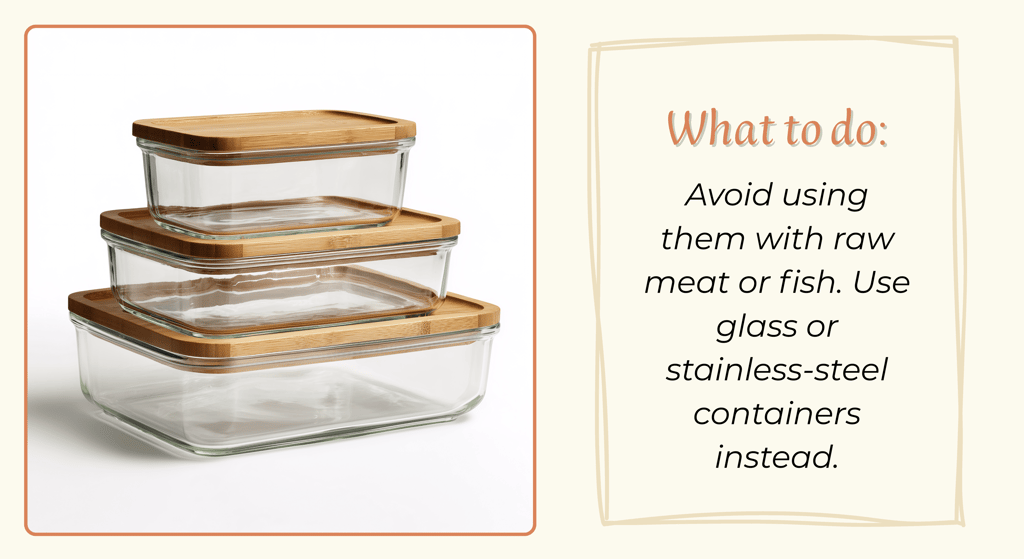

Keeping Them in a Humid Fridge
Constant moisture can cause them to stiffen, trap odors, or even develop mold, especially if not fully dry.
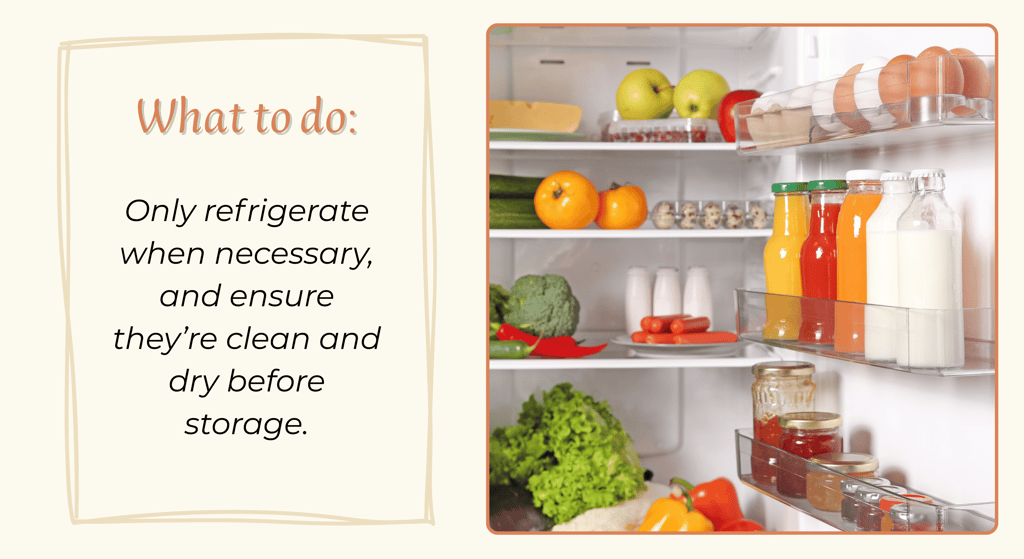

Thinking They’re 100% Waterproof
Wraps and bags are water-resistant, not waterproof. Prolonged contact with liquids can cause them to seep through.
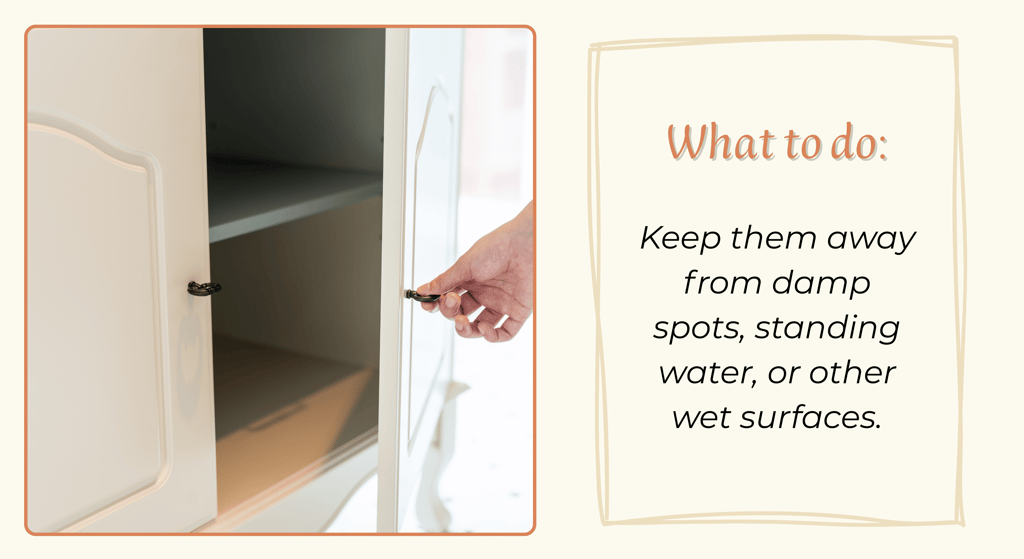

Not Warming Them Before Use
Cold wraps can feel stiff and not stick properly. Many people forget they need to be “activated” with a bit of warmth.


Using Them with Hot Food
Heat is beeswax’s worst enemy. Putting hot food (like freshly baked bread or warm leftovers) into the wrap or bag can melt the wax and reduce its effectiveness.
Washing Them with Hot Water or Harsh Soap
Hot water or strong dish soap can strip away the wax coating, which is essential for preserving food and offering antibacterial properties
Wrapping Foods That are Too Moist or Oily
Juicy fruits, moist cakes, or greasy cheeses can stain or break down the wax coating faster, especially in bread bags.
Closing the Bag Too Tightly
Oversealing can trap excess moisture inside, leading to condensation and affecting freshness.
Not Knowing When to Compost or Replace Them
If your wraps or bags have lost their stickiness, look cracked, or are stained beyond cleaning, it might be time to let go.
Folding or Compressing Them for Long Periods
Storing them folded or crumpled, especially if still damp,can cause the wax to crack or separate from the fabric.
Using Them with Raw
Meat or Fish
The antimicrobial properties of beeswax aren’t enough to prevent contamination from raw animal products.
Keeping Them in a Humid Fridge
Constant moisture can cause them to stiffen, trap odors, or even develop mold, especially if not fully dry.
Thinking They Are 100% Waterproof
Wraps and bags are water-resistant, not waterproof. Prolonged contact with liquids can cause them to seep through.
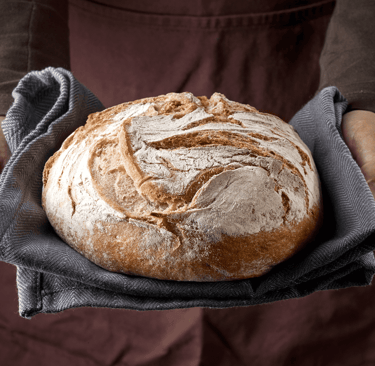



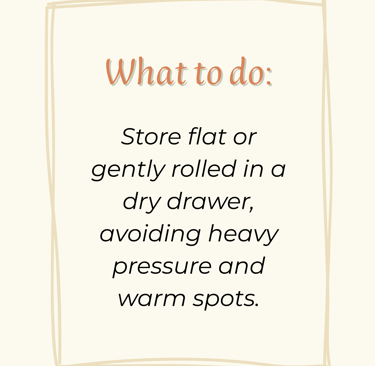

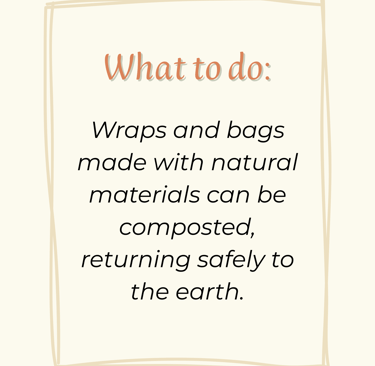

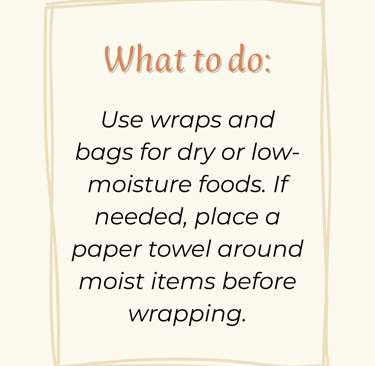

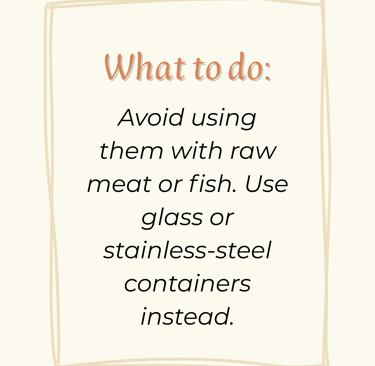

Recommended gentle soaps available in multiple countries:
Dr. Bronner’s Castile Soap: widely available in the U.S., UK, EU, and Australia
ECOS Free & Clear Detergent: U.S.-based, available online internationally
Sonett Dishwashing Liquid (Neutral): popular in Germany and across Europe
Ecover Zero Dish Soap: available in the UK, Europe, and U.S.
Extra Tip: Avoid using alcohol, bleach, or heavily scented products, they degrade the wax and shorten the life of your wraps.
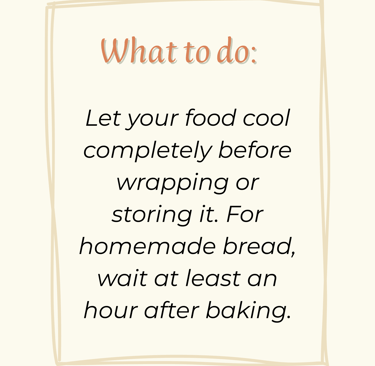

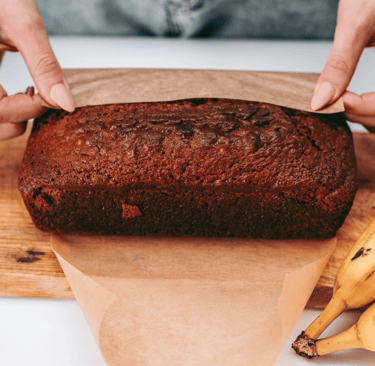

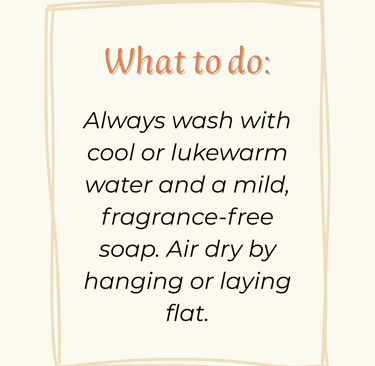

Extra Tip: Always store in a cool, dry place (not in the fridge unless it's extremely hot).
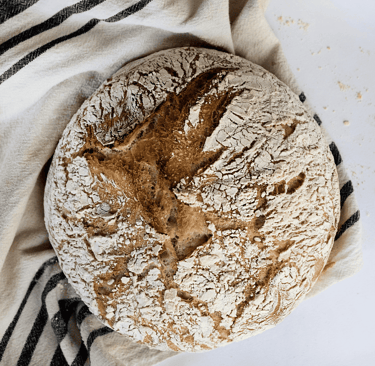



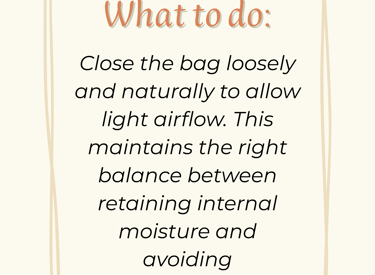

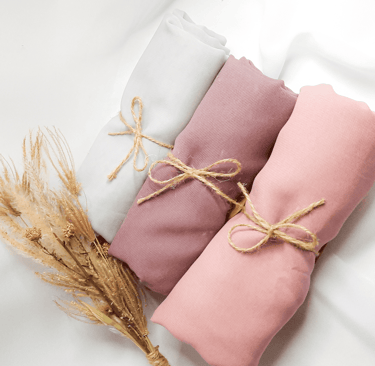

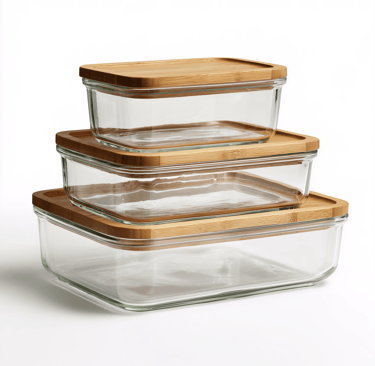

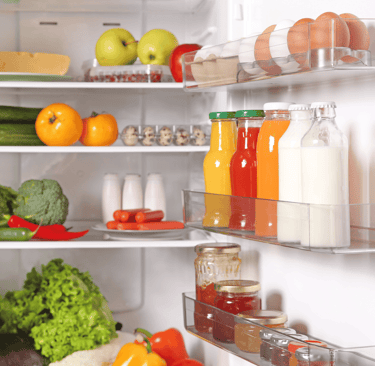

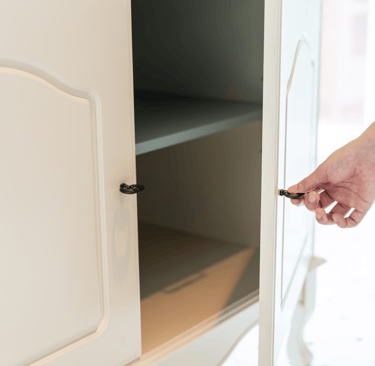

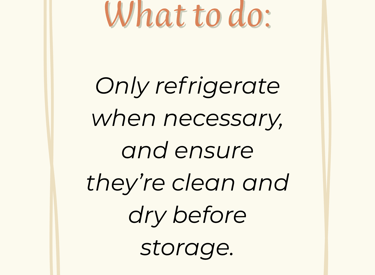

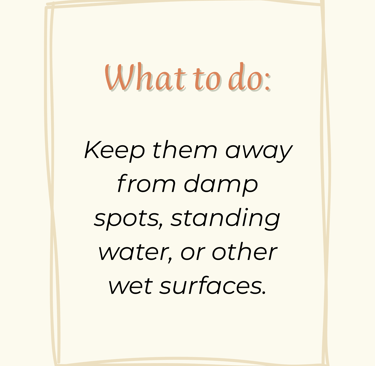



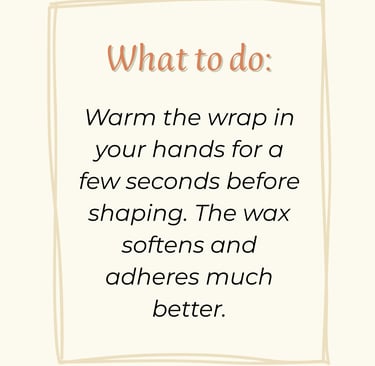

Not warming them
before use
Cold wraps can feel stiff and not stick properly. Many people forget they need to be “activated” with a bit of warmth.
Extra Tip: Yoy can reuse them as eco fire starters for your fireplace or BBQ!
Conclusion
These mistakes are easy to make, but even easier to avoid! With just a little care, your beeswax wraps and bread bags can last 6 to 12 months or longer, saving you money and helping the planet.
Have you tried our Naturable Bread Bags & Wraps yet? Discover our reusable pack and take the first step toward a more sustainable kitchen. Get your now and start reducing plastic today.
Want more tips on how to clean, store, and extend the life of your wraps?
Visit our Tips & Care section or follow us on Instagram for weekly inspiration and tutorials.
Let’s Connect on Instagram
Let’s Connect on Instagram

Subscribe to Our Newsletter
Join the Naturable Blog! Stay updated with our tips, kitchen hacks, and much more

Subscribe to Our Newsletter
Join the Naturable Blog! Stay updated with our tips, kitchen hacks, and much more
Stay connected! Follow us for tips, updates, and a little extra inspiration for your home and kitchen.
Have a question or need assistance?
Feel free to contact us!
© 2025. Naturable – A brand of Horizon Origin LLC
